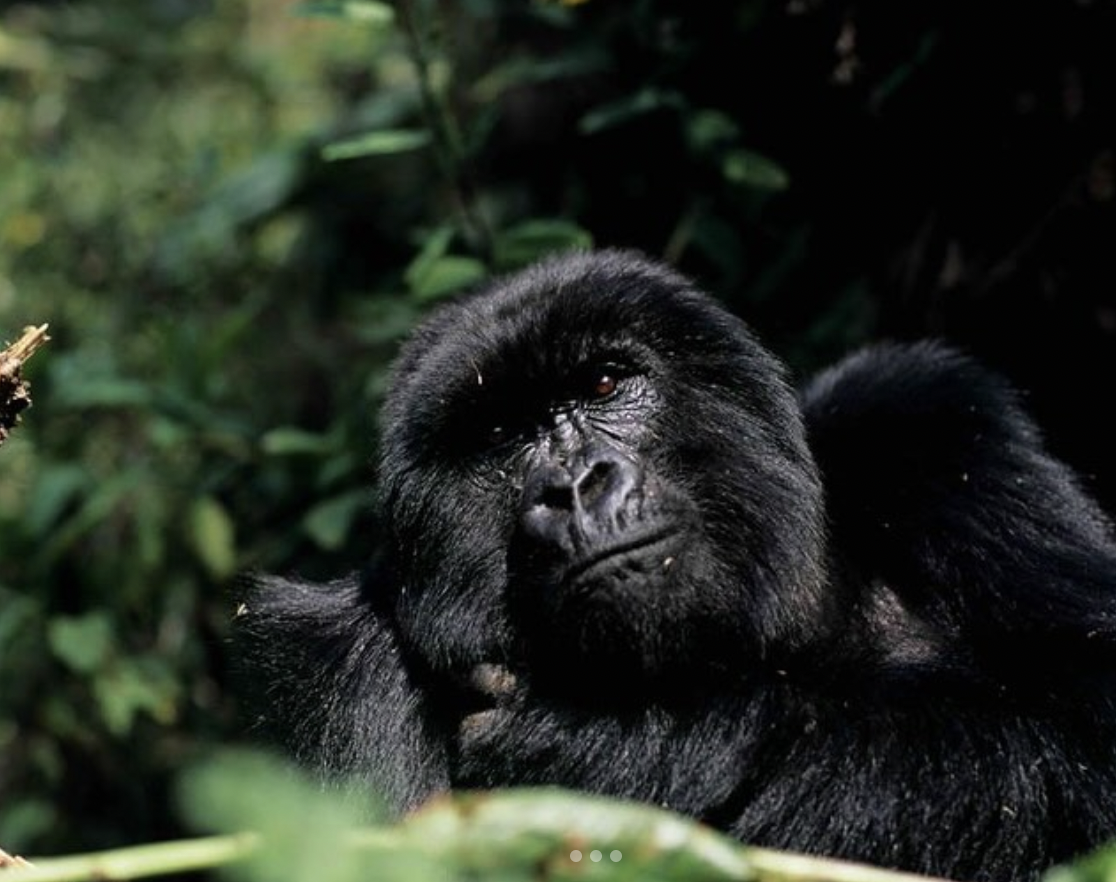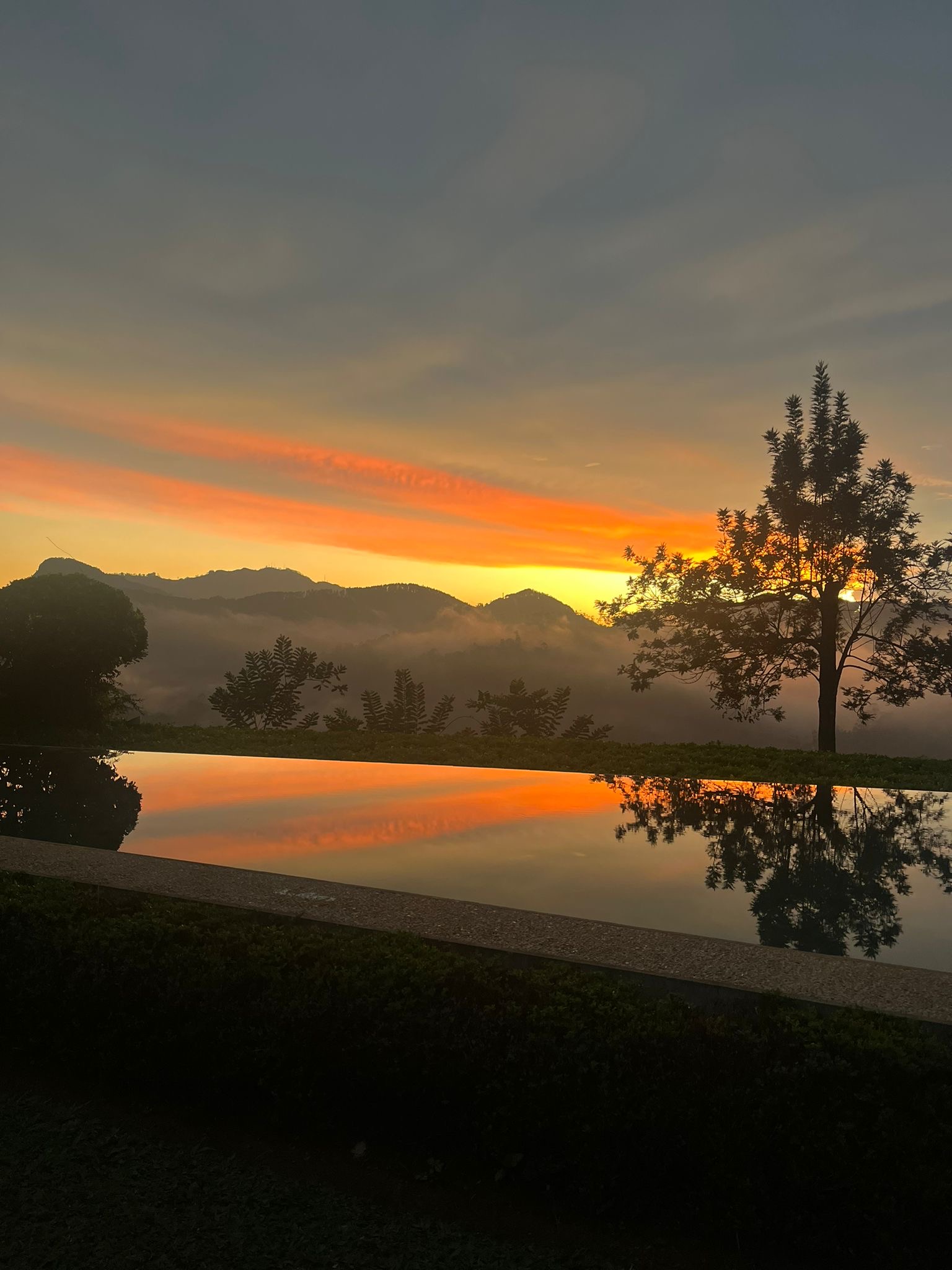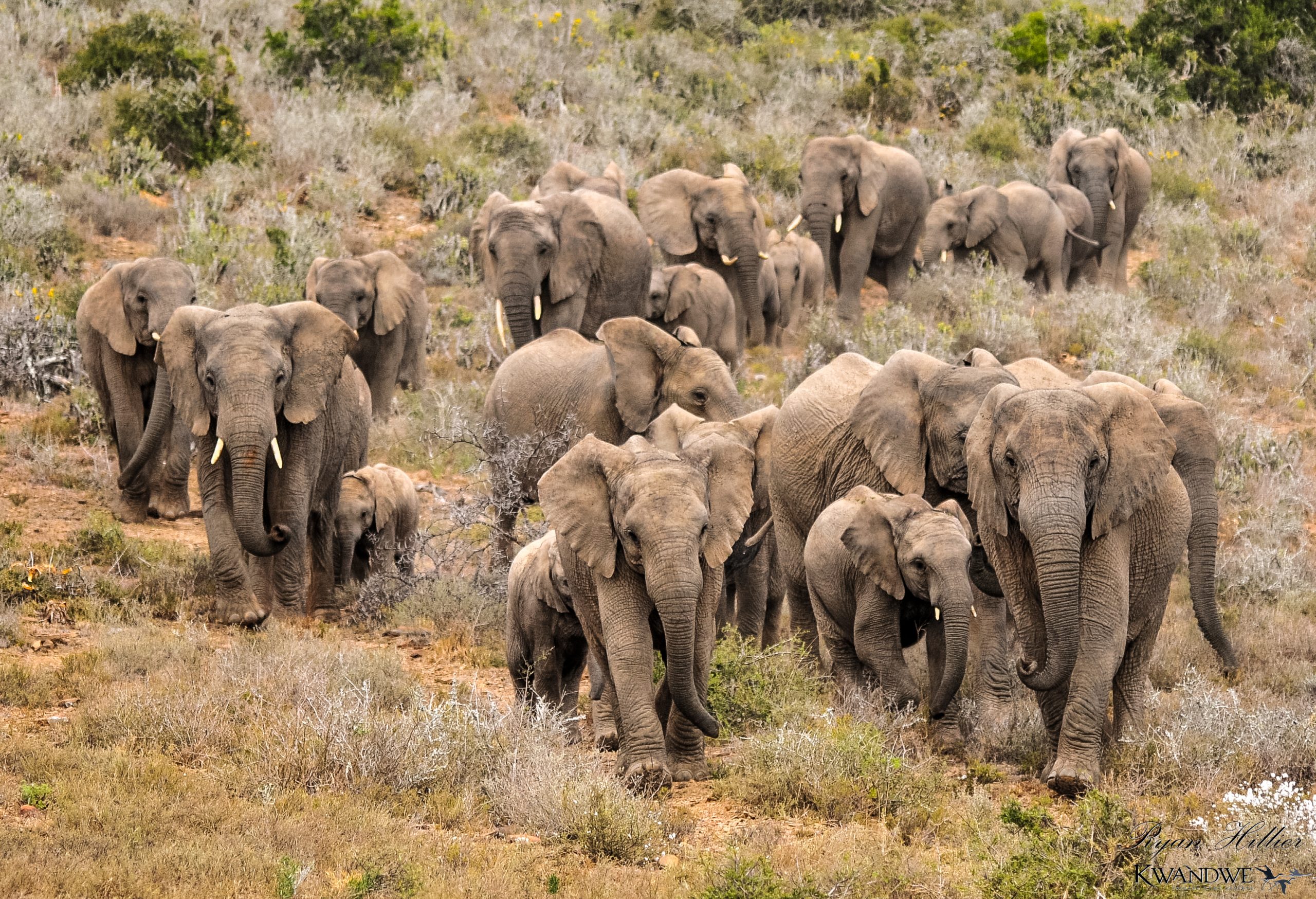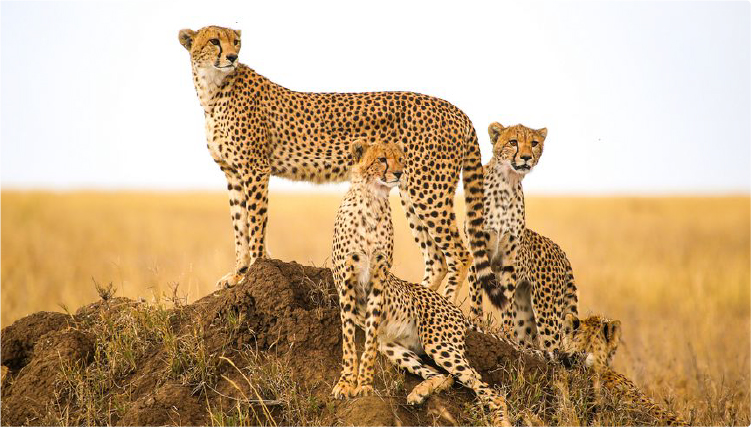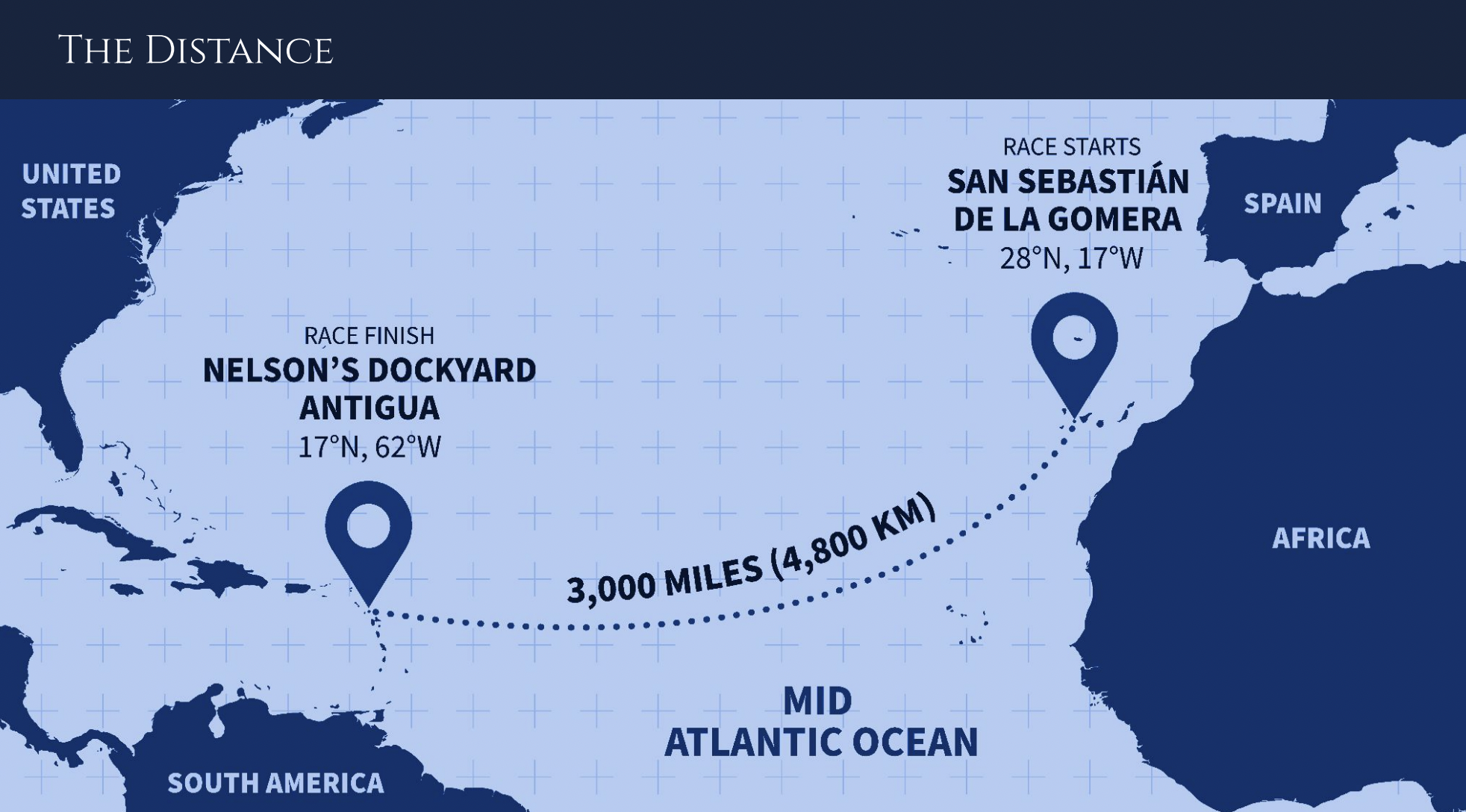
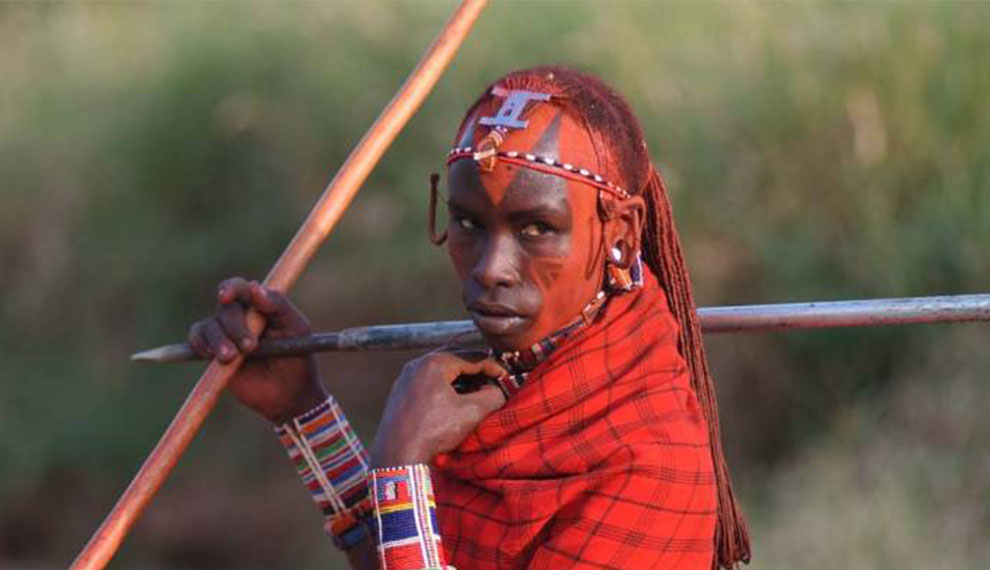
What To Take On Safari
The first thing to say is that everyone always takes too much so try to be different; most of the smaller camps have excellent and often complimentary laundry services, which are able to return clothes the same day (weather dependant). Very few camps require anything too smart and as a rule layers is the name of the game.
For game drives you’ll find that shorts and a long sleeved shirt will be perfect (long sleeved so you have the option of rolling up or down). In many parks it gets quite cold in the mornings and evenings so you will need a light jersey and warm (probably sleeveless) fleece at these times. A light rain jacket (easily stuffed in the bottom of your bag) could just save the day if you’re travelling in the green season.
For walks we usually wear shorts and a long sleeved shirt, though some people prefer to walk in long trousers to keep grass seeds and ticks at bay. A good compromise is those trousers that zip apart at the knee to become shorts. Unless you’re climbing mountains you won’t need heavy duty boots; the most important thing is that they are comfortable and well broken in. Lightweight goretex boots or something similar with a bit of ankle support work well. Light & comfortable slip on shoes are also useful in and around camp.
Colours; khakis and natural colours are probably best, but people can get carried away here. The most important thing is not to wear bright colours or white on safari, although around camp on the beach everything goes.
Make sure you take hats, ideally wide brim and tight (with a tie as a last resort) so you don’t lose them from cars or boats, and plenty of sunscreen / block. If you have even remotely sensitive eyes, after a few days of glare and dust you will almost certainly be thankful for eye drops or eye wash of some sort. Game driving vehicles are either totally open or have large open roof hatches so you are often in direct sunlight. As it’s often quite a pleasant temperature or even fairly cool in the mornings you can easily forget how strong the sun is.
Take swimming / beach things for anywhere on the coast as well as areas like Mahale (or any of the camps with swimming pools). Kikois & kangas have a multitude of uses as sarongs, scarves or whatever so worth snapping up a few at the earliest opportunity. If you’ve got long journeys or waits, it’s an ideal time to listen to music – we’d highly recommend bringing an ipod for these moments. Likewise consider a small travel set of chess or backgammon – to be whipped onto the vehicle bonnet as you wait for your plane to arrive on some far flung bush strip.
Binoculars, photographic, and video
Binoculars
We think these are the single most important element of your packing. We would recommend bringing the best pair you can afford and (most definitely) try to take a pair each. If you are buying binoculars, try lots of different pairs, don’t be tempted to buy anything too small and avoid gadgets like zooms. Roof prism binoculars with internal mechanisms (Leica 8 x 32 my personal choice) are likely to give you the best quality.
Photography and Video
Bring lots of extra camera memory – you will undoubtedly use it. If you’re still that way inclined, bring plenty of film – best not to assume that you can buy it out there although the reality is its probably available in any decent sized town or major lodge, albeit expensively. 100 – 200 asa is perfect for most places but pack a couple of faster films for use in any thickly forested areas. The ideal all round lens for a trip such as this is probably a 28 – 300 mm zoom. A small bean bag is often very useful to rest the camera on to stop camera shake. If you bring the bag with you beans can be supplied locally. If you can’t find a bag an old sock would work was well.
If you need video batteries charging, this can be done at most camps. You will need a UK type 3 pin plug and electricity is generally 220 V AC. Give your charger and batteries to the camp manager or your guide and they will organise charging for you. Bring plenty of spare batteries so some can be left charging during the day whilst you’re out and about – the peace and quiet of smaller camps can be shattered by having to run generators into the evening solely to recharge peoples camera batteries. If you can find a 12V charger for use with a vehicle cigarette lighter, bring that too as a back up.
Baggage
The baggage allowance on light aircraft is usually 15kg (32lbs) per person, this must be packed in soft bags, not hard suitcases. It is often helpful to have two or more small bags rather than one large one – and an easy way to make bush pilots happy.



